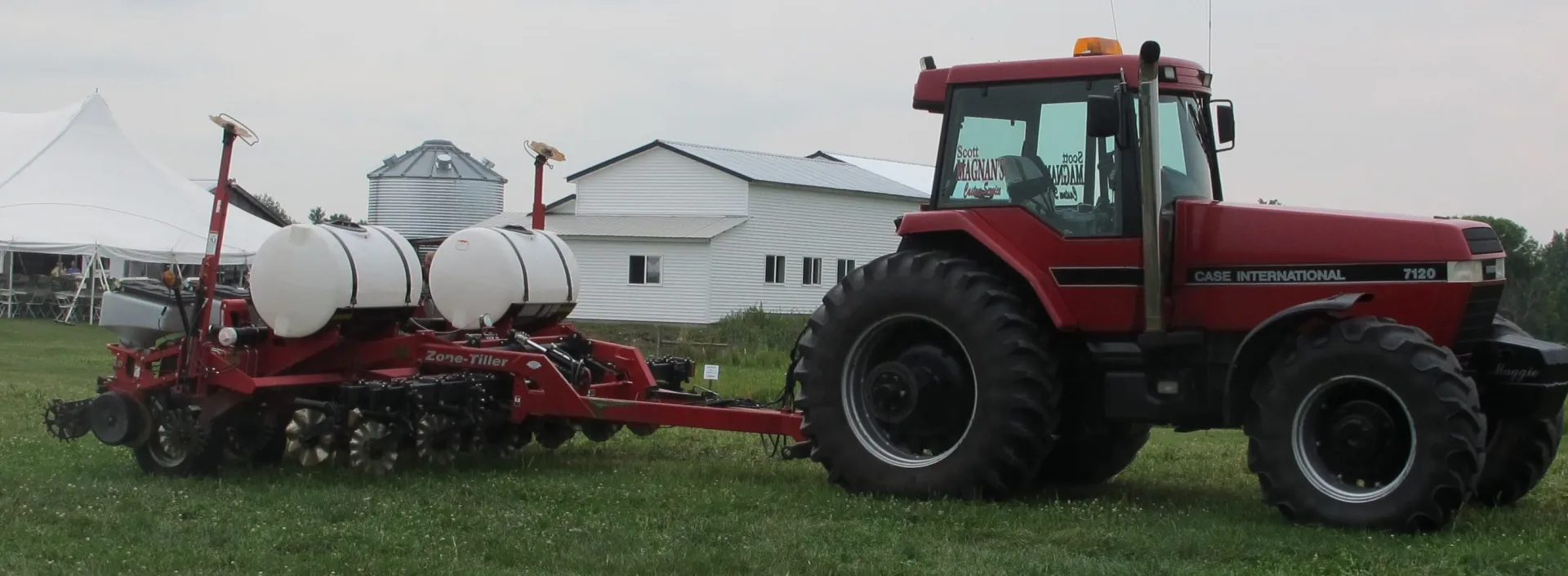Corn is a Survivor
There are two kinds of crops: crops that struggle to survive and crops that fight to survive. A cotton farmer in Texas once told me that all cotton wants to do is die as soon as it comes out of the ground. Corn is not that way at all; it is a survivor.
Corn can survive as long as it has two things. It must be properly placed in the soil, and it must have a firm seedbed. Acquiring a proper seedbed is easier said than done. To ensure success for your corn crops, you must first consider the conditions you are planting in and understand what the planter is doing.
Using a Planter in No-Till Fields
The planter is the most important piece of equipment that hardly ever gets used on your farm. In tilled fields, a planter mainly acts as a seed dropper. Even if the seeding system is out of spec, it will still perform well because the seed is being planted into near-ideal conditions. Unfortunately, this is not true in no-till fields. The planter must do what it was designed to do: plant. It must open a 2-2.5-inch deep slot, place an evenly spaced row of seed, firm it, and cover it at very high rates of consistency over widely varying conditions. The accuracy that this requires means that maintenance must be done on your planter annually to ensure it is in good working condition. You can find our annual maintenance checklist here.
Avoid Mudding In
Second and equally important, you CANNOT mud the seed in. No-till fields differ from tilled fields in that they do not have loose soil. No-till fields can appear ready for planting when they're not. Planters behave differently in no-till conditions, and the usual rule—stop when soil sticks to the gauge wheels—doesn't always apply. To combat this, I use the knee test. If you place your knee on the ground surface for 20 seconds, stand up, and your pants are dry, you can plant. If your pants are wet when you stand up, do not plant yet.
You can run a similar test on clay soils by observing the trenches. Watch for the trench getting squeezed back together, but not crumbling the soil. If you see this, do not plant yet. Often, this indicates that the soil is wet, and the trench will open back up when the soil dries, leaving the seed exposed to the air and predators. Once you have determined that the field is dry and warm enough, you are ready to move on to the next step.
Fertilizing Corn in a No-Till Environment
Lastly, there are things we can do to help the seed establish in a no-till environment. First, adequate fertilization is key. In Vermont, we rely heavily on cow manure for our crops’ fertility. In most cases with manure application rates of 8,000-10,0000 gallons per acre, we are getting adequate phosphorus, potassium, and micronutrients to grow a decent crop.
You must consider the timing of manure application and incorporation (fall vs. spring). This plays a big role in the availability of nutrients, in particular nitrogen. In cold, wet soils, the addition of some phosphorus (10-20 lbs.) in-furrow can be beneficial. We have found that replacing phosphorus with additional nitrogen at planting (30- 50 lbs. of actual Nitrogen) is a game changer. In tillage systems, the tilling of the soils results in a flush of nitrogen that is not there when planting no-till. The use of additional N compensates for that and helps the crop get a good start. This additional N will also help with carbon to nitrogen ratios if there is a big cover crop that needs to be broken down by microbiology in the soil.
Use These Tips to Help You Succeed
Planting no-till is being practiced on suitable soils all over Vermont. It works if it is implemented properly. To ensure the success of your no-till field conduct annual maintenance on your equipment, create a system that produces a consistent seed depth and properly covers the seed trench, avoid planting if the soil is too moist, use proper fertilization, and instead of trying no-till on your worst fields, try it on some of your best, and you will not be disappointed.
For more guidance on no-till practices, click here.
